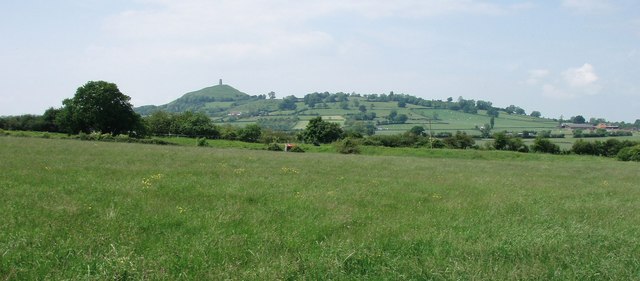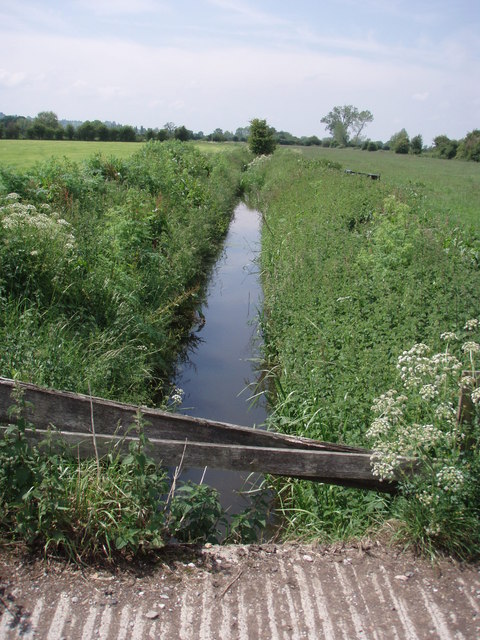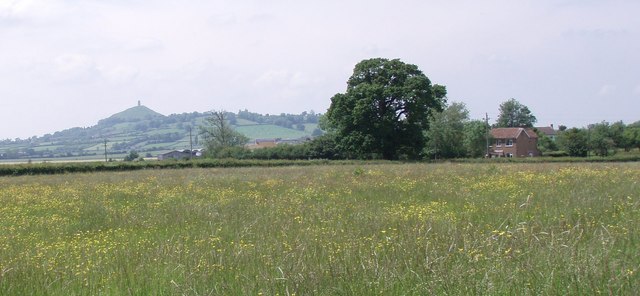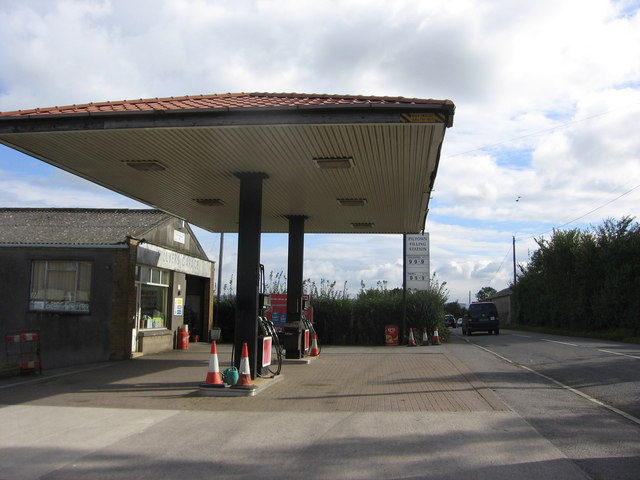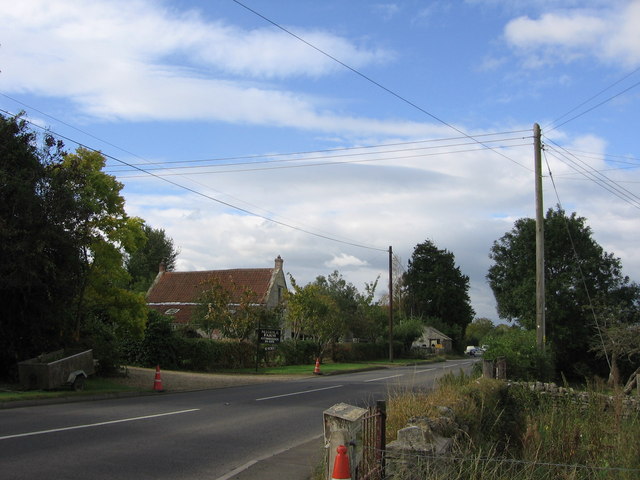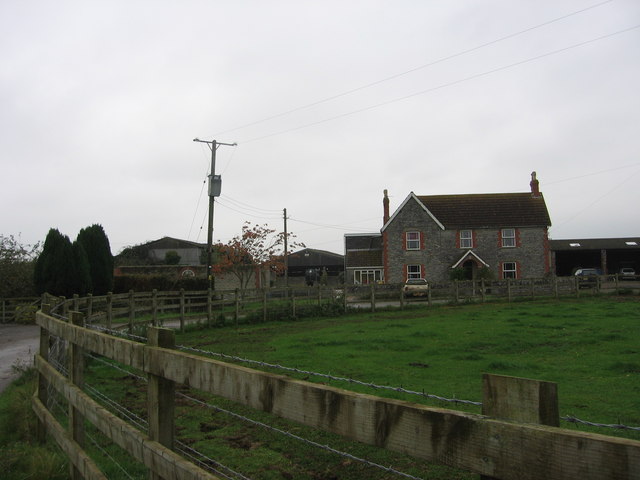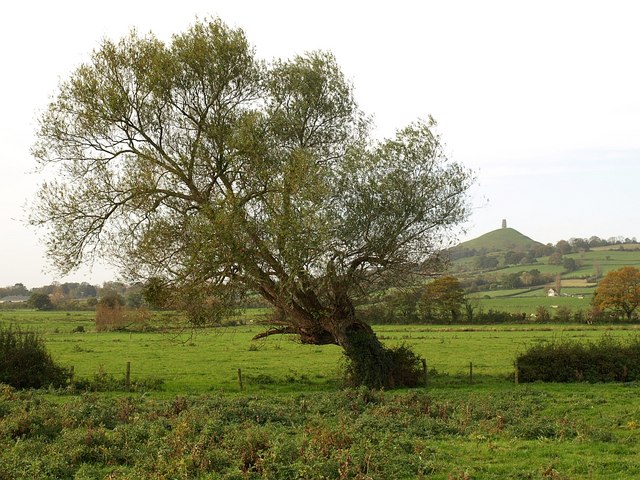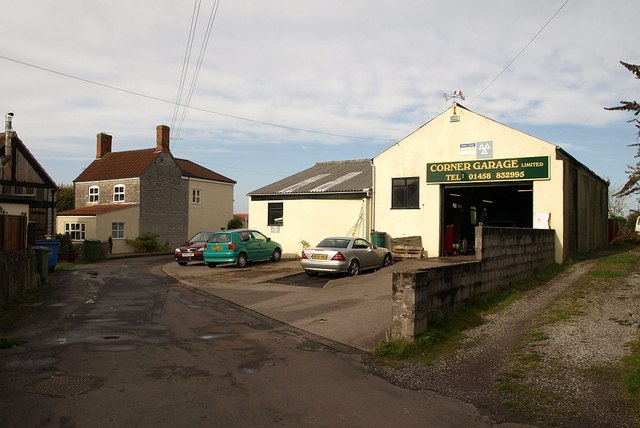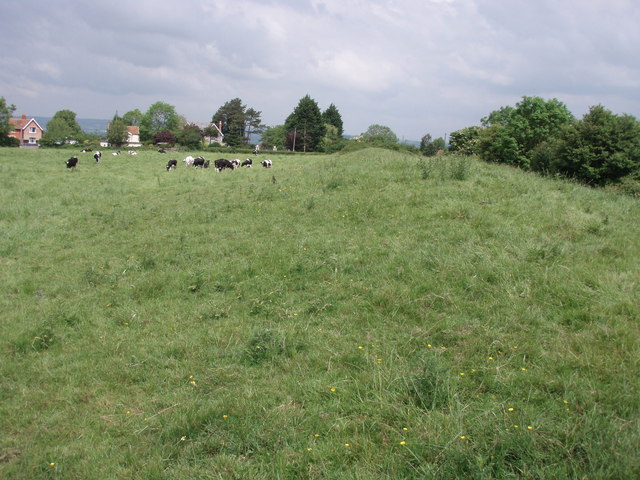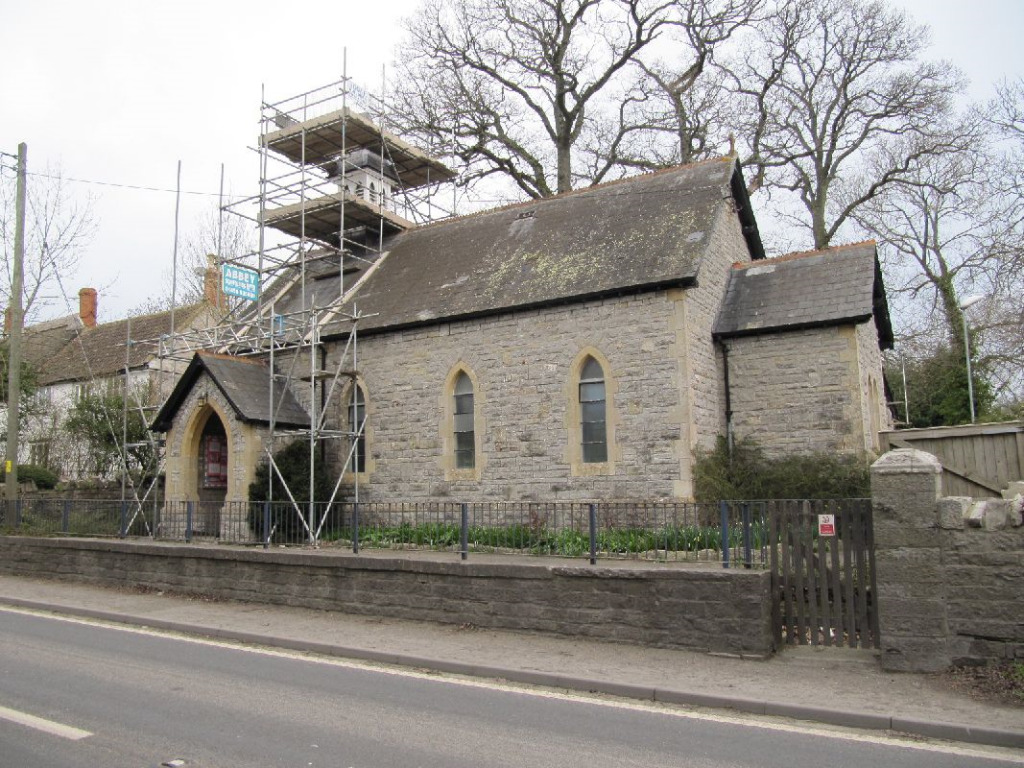Hearty Moor
Downs, Moorland in Somerset Mendip
England
Hearty Moor
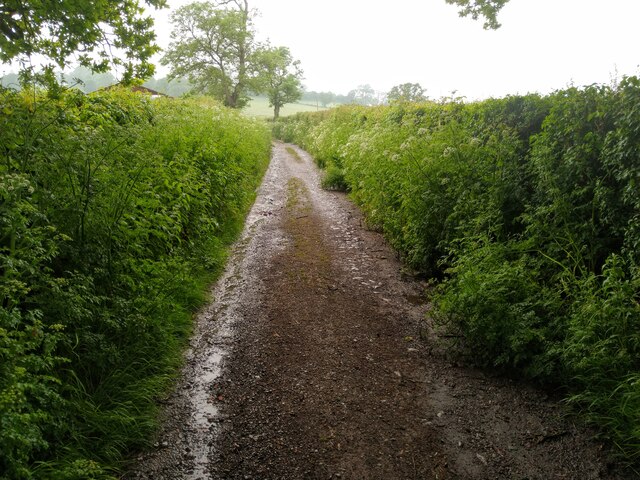
Hearty Moor is a picturesque and expansive area located in Somerset, England. Spanning across the rolling hills and valleys of the region, it encompasses both downs and moorland landscapes, offering a diverse and captivating scenery.
The downs of Hearty Moor are characterized by their gently sloping hills and lush green meadows. Dotted with grazing sheep and wildflowers, these downs provide a serene and idyllic setting for visitors to enjoy. The meandering paths that traverse through the downs offer ideal opportunities for leisurely walks and hikes, allowing visitors to immerse themselves in the beauty of the natural surroundings.
In contrast to the downs, the moorland of Hearty Moor boasts a more rugged and wild terrain. Characterized by its heather-covered hills and rocky outcrops, the moorland offers a sense of untamed wilderness. Its sprawling expanse is a haven for various species of birds and other wildlife, making it a popular spot for nature enthusiasts and birdwatchers.
Hearty Moor also features several small streams and brooks that wind their way through the landscape, adding to its charm and providing a source of tranquility. These water bodies create picturesque scenes and offer opportunities for fishing or simply relaxing by the water's edge.
The overall beauty and tranquility of Hearty Moor make it a favored destination for locals and tourists alike. Whether it is for a leisurely stroll, a picnic amidst nature, or a more adventurous hike, Hearty Moor has something to offer for everyone seeking solace and connection with the natural world.
If you have any feedback on the listing, please let us know in the comments section below.
Hearty Moor Images
Images are sourced within 2km of 51.155903/-2.6602974 or Grid Reference ST5339. Thanks to Geograph Open Source API. All images are credited.





Hearty Moor is located at Grid Ref: ST5339 (Lat: 51.155903, Lng: -2.6602974)
Administrative County: Somerset
District: Mendip
Police Authority: Avon and Somerset
What 3 Words
///hides.store.genius. Near Glastonbury, Somerset
Nearby Locations
Related Wikis
West Pennard
West Pennard (or West Pennard Manor) is a village and civil parish east of Glastonbury, situated at the foot of Pennard Hill, in Somerset, England. The...
Oaks of Avalon
The Oaks of Avalon is the collective name given to a pair of ancient oak trees, Gog and Magog, that stand in Glastonbury in Somerset, South West England...
Ponter's Ball Dyke
Ponter's Ball Dyke is a linear earthwork located near Glastonbury in Somerset, England. It crosses, at right angles, an ancient road that continues on...
St Andrew's Church, Edgarley
St Andrew's Church is a former Church of England mission church in Edgarley, Somerset, England. It was built in 1897 and is now used as a private chapel...
West Pennard railway station
West Pennard railway station was a station on the Highbridge branch of the Somerset and Dorset Joint Railway. Opened on 3 February 1862, it was reduced...
West Pennard Court Barn
West Pennard Court Barn (which is also known as the Court Barn, West Bradley) is a late 14th or early 15th century tithe barn which was built for Glastonbury...
Glastonbury Tor
Glastonbury Tor is a tor near Glastonbury in the English county of Somerset, topped by the roofless St Michael's Tower, a Grade I listed building. The...
Church of St Peter, North Wootton
The Anglican Church of St Peter in North Wootton, Somerset, England was built in the 14th or 15th century. It is a Grade II* listed building. == History... ==
Have you been to Hearty Moor?
Leave your review of Hearty Moor below (or comments, questions and feedback).



